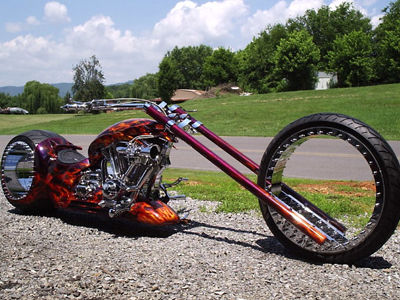A seemingly simple ``concrete guardrail on the road'' has a sophisticated safety mechanism

by
Concrete vehicle protection fences are installed as medians and car stops on expressways and large roads. Charles McDevitt, an engineer at the Federal Highway Administration in the United States, said that this protective fence, which at first glance looks like a simple concrete block, is actually a shape calculated to reduce vehicle accidents as much as possible.
Basics of Concrete Barriers | FHWA
https://highways.dot.gov/public-roads/marchapril-2000/basics-concrete-barriers
New Jersey Median Barrier History
http://www.roadstothefuture.com/Jersey_Barrier.html
The most well-known type of concrete barrier is the Jersey barrier . It is named after the fact that the New Jersey State Transportation Authority first used a concrete protective fence as a median strip in 1955.
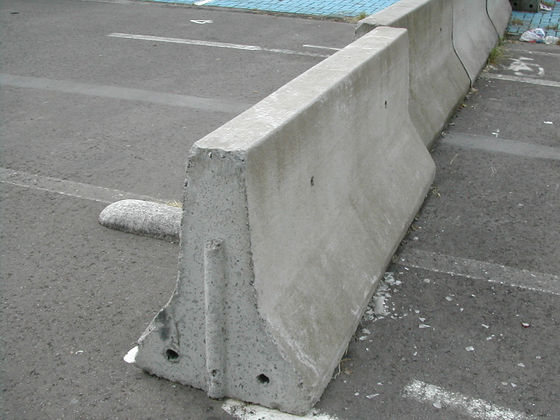
The jersey barrier has a shallow sloping surface at the bottom, which minimizes damage to the sheet metal by allowing the tire to ride on it. Additionally, in more severe collisions, the bumper hits the upper sloping surface and slides upwards, lifting the car. It reduces the friction between the tires and the road surface, changes the direction of the vehicle, and prevents it from entering the oncoming lane. This is the multi-stage protective effect of the Jersey Barrier.
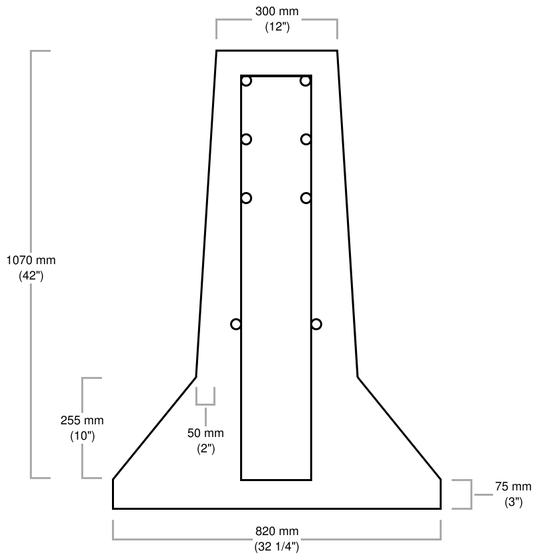
Another variation of concrete barriers is the 'General Motors (GM)' type, which has a lower slope ending higher than the Jersey Barrier. The GM model was effective when large vehicles were in vogue, but it soon fell out of use for small vehicles because of the problem that the vehicle body would float excessively and easily overturn.
Contrary to the GM type where the bottom slope ends high, there is also a low type. That is the '
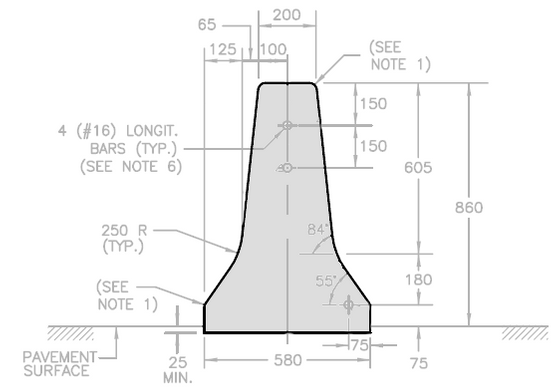
The F-type barrier performed better than the Jersey barrier in testing, but did not become widespread. This is said to be because state transportation authorities were satisfied with the performance of standard Jersey barriers, and because the manufacturers who invested heavily in the production of Jersey barriers were reluctant to change the shape. It is
Concrete protective fences with multiple slopes, such as the Jersey Barrier, have excellent performance, but had the disadvantage that performance would be affected if the height of the road surface changed due to paving or construction. Therefore, the 'steady slope barrier' with a constant angle was introduced to overcome the problems of complex-shaped protective fences.
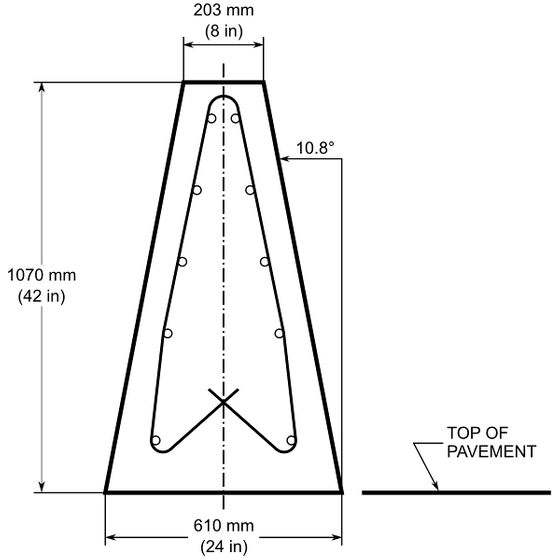
The angle of the slope varies slightly from state to state. Tests have shown that the 'Sloped Barrier' has performance close to that of the F-type.
In addition, various forms of protective fences have been devised, such as a portable protective fence used to protect the safety of road construction workers, and a low-profile barrier that suppresses the lifting of the car body by adding a reverse slope. It is used properly according to needs.
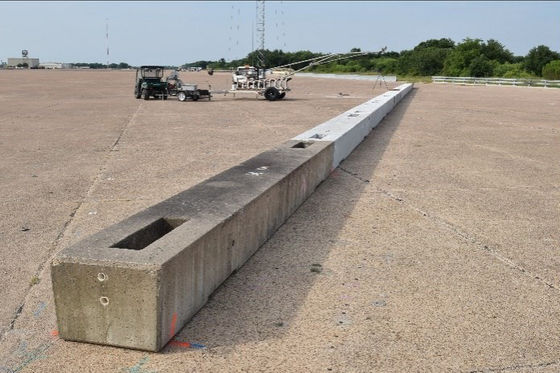
Related Posts:
in Ride, Posted by log1l_ks

